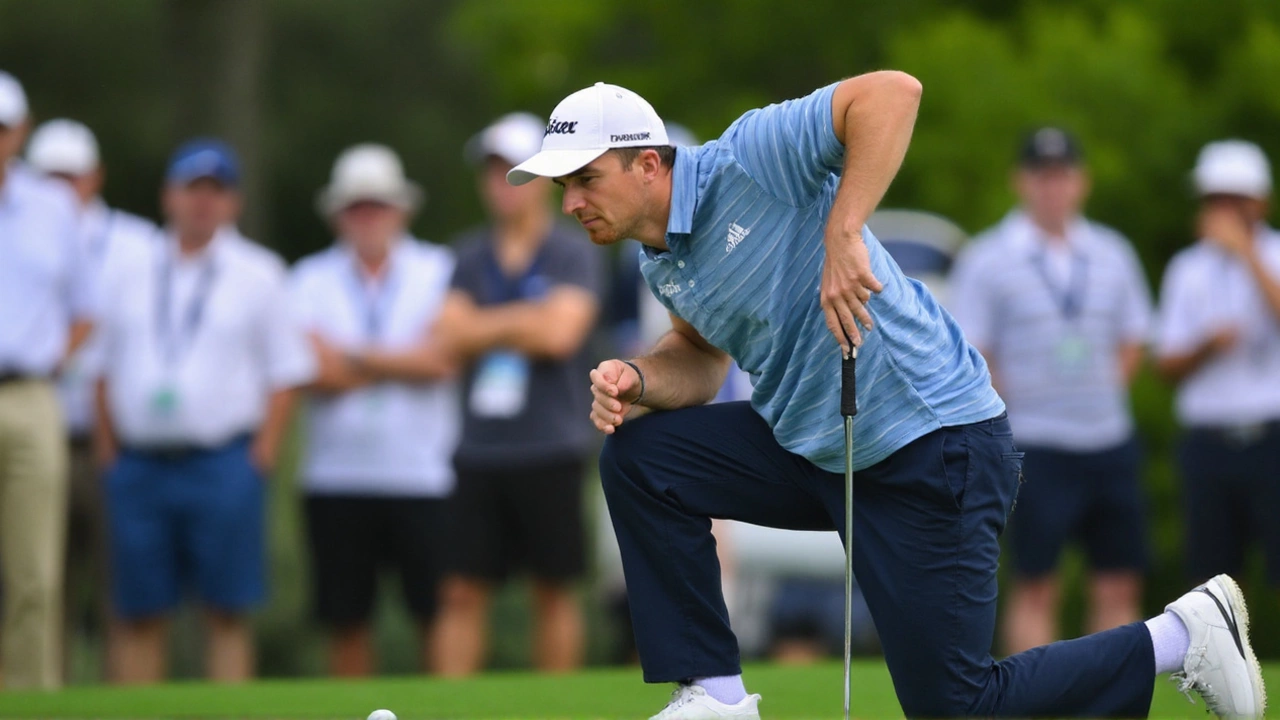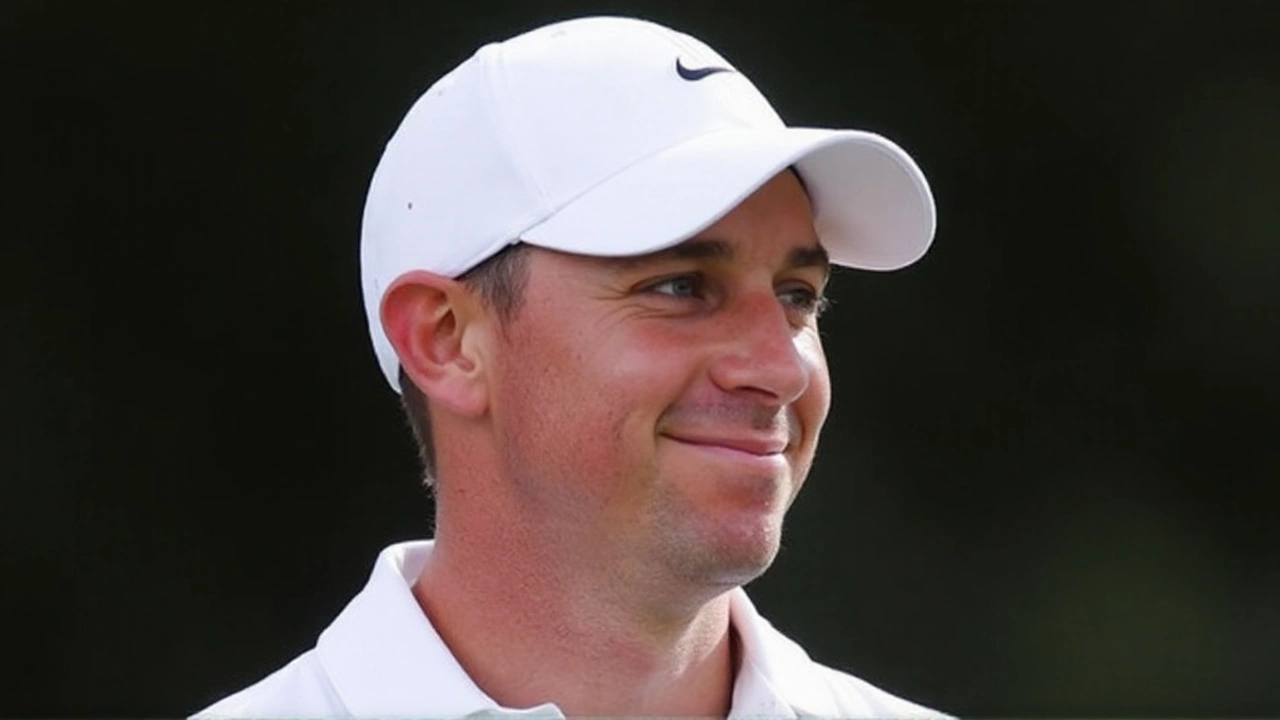Ryder Cup 2025: Padraig Harrington backs Europe for a 'close' battle at Bethpage Black
 Sep, 5 2025
Sep, 5 2025
Harrington tips Europe to push the U.S. to the wire at Bethpage
Away wins are rare in the Ryder Cup. None since the Miracle at Medinah in 2012. Padraig Harrington thinks that could change later this month, and he’s not just being polite. The three-time major winner, who captained Europe during a painful 19–9 loss at Whistling Straits in 2021, says Luke Donald is taking a hardened, in-form group to Bethpage Black—and he believes they’re good enough to stare down a New York crowd and make history.
Speaking before his 30th straight start at the Amgen Irish Open at The K Club, the 54-year-old Dubliner didn’t dance around it: Europe, in his view, are strong, settled, and trending in the right direction. The backbone of Donald’s side is continuity—11 of the 12 players who delivered in Rome are back. That matters in a team event built on chemistry, trust, and pairings you don’t have to overthink.
Harrington is realistic about the setting. Bethpage Black plus a partisan Long Island crowd is a different animal. He still gives the United States a slight edge at home. If this match were dropped onto a neutral course, he says he’d flip it and make Europe the favorites. But as it stands, he expects a tight fight, not a runaway, and he’s adamant Europe will have every chance if they’re sharp from the first session.
Context helps here. The home team has dominated the modern Ryder Cup. Since 2012, every edition has stayed with the hosts. Crowd energy, course setup, and familiarity tilt the table. That’s the needle Europe are trying to thread. Harrington’s optimism comes from how Donald’s leadership has sharpened Europe’s identity—clear roles, smart pairings, and a steady grip in pressure moments. In Rome, Europe set the tone early and never let go. The template isn’t a secret: control in foursomes, unleash the drivers where it’s safe, and make everything inside 10 feet.

Bethpage Black, the Donald factor, and what will decide it
Bethpage Black is a statement course. It’s long, punishes misses, and invites noise. Fans there don’t whisper; they roar. The venue has hosted two U.S. Opens (2002 and 2009) and the 2019 PGA Championship, and it has a reputation: if you’re loose off the tee or soft with your short game, it shows. That’s why home setups matter—fairway widths, rough length, green speeds—all can be tuned to fit the American roster’s strengths. Expect firm greens, thick collars, and a premium on controlling spin into elevated targets.
Harrington’s view is that Europe’s readiness can blunt that edge. Continuity means Donald doesn’t need a week to find who fits with whom. The likely approach: pair steady drivers with elite putters in foursomes, then add firepower in fourballs where birdies are the currency. Expect analytics in the background—ball-flight windows, tee-box matchups, and hole-by-hole plans to neutralize the bomb-and-gouge rhythm the U.S. usually prefers at home.
The captaincy duel adds spice. Luke Donald, calm and meticulous, returns after masterminding Rome. Across from him is Keegan Bradley, a surprise pick as U.S. captain who knows Bethpage energy and won’t be shy about leaning into it. On paper, the Americans bring depth and world-class tee-to-green numbers. Europe answers with scar tissue in a good way—players who’ve closed out big points together and know how to ride momentum instead of chasing it.
Where does this swing? Start with Friday morning. Europe’s edge, if it’s there, tends to show in foursomes. Clean tee shots, smart targets, and a unified pace can quiet a crowd faster than any fist pump. If the U.S. seize early leads and feed off the noise, Bethpage turns into a cauldron. If Europe nick a couple of points early, the stadium effect becomes pressure instead of fuel.
Watch for three swing factors. One: driving accuracy under noise. Bethpage doesn’t forgive sideways. Two: lag putting from distance. If both teams face 30–40 footers all day, the group that two-putts cleaner will stack half-points. Three: bench strength late on Saturday. A captain who manages minutes—resting the right pairs without dulling their edge—arrives at Sunday with legs and nerve intact.
Harrington also flagged the mental game. European teams have practiced with simulated crowd noise before, and it wouldn’t be a shock if Donald leans into that again—tight pre-shot routines, clear hand signals, and strict pacing to drown out the din. That’s how you turn chaos into habit. The U.S. will do the same in their way, using momentum holes—reachable par 5s, drivable par 4s—to spark roars and tilt sessions.
There’s a reason Harrington says he’ll watch every shot. For once, the story isn’t underdogs versus favorites so much as home edge versus team continuity. The Americans will control the conditions. Europe will lean on experience and pairings that fit on tough ground. If the visitors take a foothold early, the away-win drought since 2012 is in play. If the hosts ride the Bethpage wave, the trend holds.
Call it what Harrington did: a good one, and close. The next few weeks will tell us whether continuity can outlast a crowd, whether cool heads can soften a hard golf course, and whether the stage that usually breaks visitors might finally bend the other way at the Ryder Cup 2025.